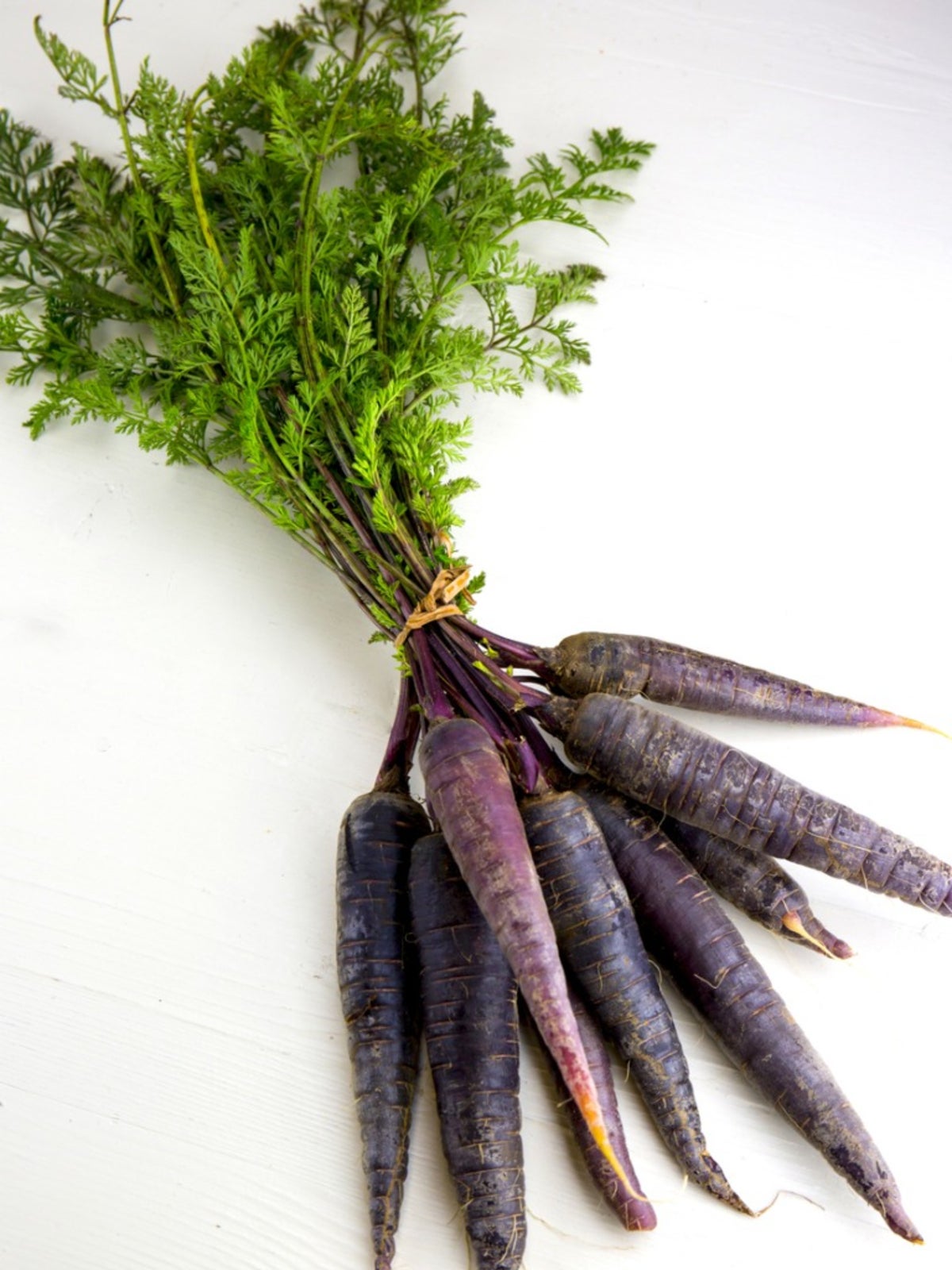Ancient Vegetables And Fruits - What Were Vegetables In The Past Like


Ask any kindergartener. Carrots are orange, right? After all, what would Frosty look like with a purple carrot for a nose? Yet, when we look at ancient vegetable varieties, scientists tell us carrots were purple. So how different were vegetables in the past? Let's take a look. The answer may surprise you!
What Were Ancient Vegetables Like
When humans first walked this earth, many types of plants our ancestors encountered were poisonous. Naturally, survival depended upon these early humans’ ability to distinguish between ancient vegetables and fruits as to which were edible, and which were not.
This was all well and good for hunters and gatherers. As people began to manipulate the soil and sow their own seeds, life changed dramatically. So did the size, taste, texture, and even the color of ancient vegetables and fruits. Through selective breeding, these fruits and vegetables from history have undergone remarkable changes.
What Did Vegetables in the Past Look Like
Corn – This summertime picnic favorite didn't start out as flavorful kernels on a corky cob. The ancestry of modern-day corn traces back some 8,700 years to the grass-like teosinte plant from Central America. The 5 to 12 dry, hard seeds found inside a teosinte seed casing are a far cry from the 500 to 1200 juicy kernels on modern corn cultivars.
Tomato – Ranking as one of the most popular homegrown veggies in today's gardens, tomatoes weren't always big, red, and juicy. Domesticated by the Aztecs around 500 B.C.E., these ancient vegetable varieties produced small fruits which were yellow or green. Wild tomatoes can still be found growing in parts of South America. Fruit from these plants grows to the size of a pea.
Mustard – The innocuous leaves of the wild mustard plant certainly caught the eyes and appetite of hungry humans approximately 5,000 years ago. Although domesticated versions of this edible plant have been bred to produce larger leaves and slower bolting inclinations, the physical appearance of mustard plants hasn't changed all that much over the centuries.
However, the selective breeding of wild mustard plants has created a number of tasty Brassica family siblings that we enjoy today. This list includes broccoli, Brussels sprouts, cabbage, cauliflower, kale, and kohlrabi. These vegetables in the past produced looser heads, smaller flowers, or less-distinctive stem enlargements.
Sign up for the Gardening Know How newsletter today and receive a free copy of our e-book "How to Grow Delicious Tomatoes".
Watermelon – Archaeological evidence depicts early humans enjoying this cucurbit fruit long before the time of Egyptian pharaohs. Like so many ancient vegetables and fruits, the edible portions of watermelon have changed throughout the years.
The 17th century painting entitled “Watermelons, peaches, pears, and other fruit in a landscape” by Giovanni Stanchi depicts a distinctly watermelon-shaped fruit. Unlike our modern melons, whose red, juicy pulp extends from side to side, Stanchi's watermelon contained pockets of edible flesh surrounded by white membranes.
Clearly, ancient gardeners have had a huge impact on the foods we consume today. Without selective breeding, these fruits and vegetables from history would be unable to support our growing human population. As we continue to make agricultural advancements, it certainly would be interesting to see how different our garden favorites will look and taste in another hundred years.

Laura Miller has been gardening all her life. Holding a degree in Biology, Nutrition, and Agriculture, Laura's area of expertise is vegetables, herbs, and all things edible. She lives in Ohio.